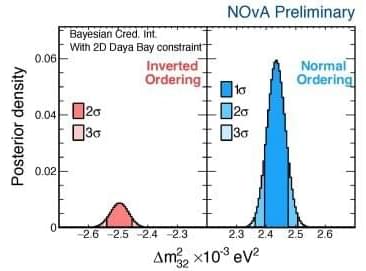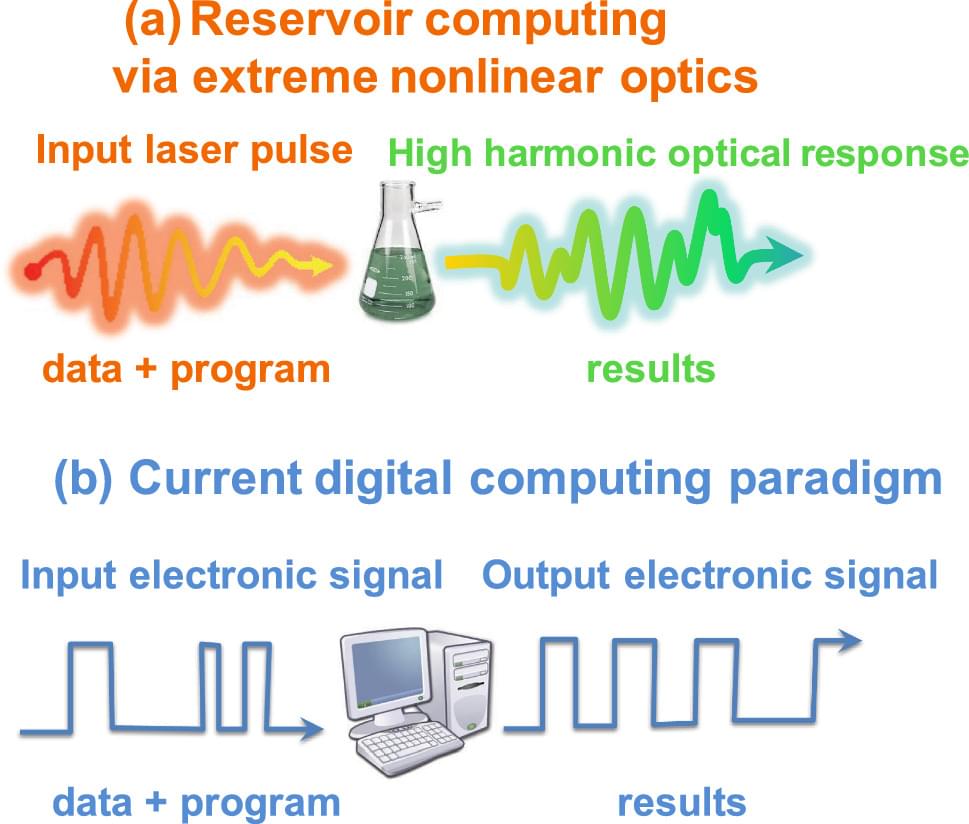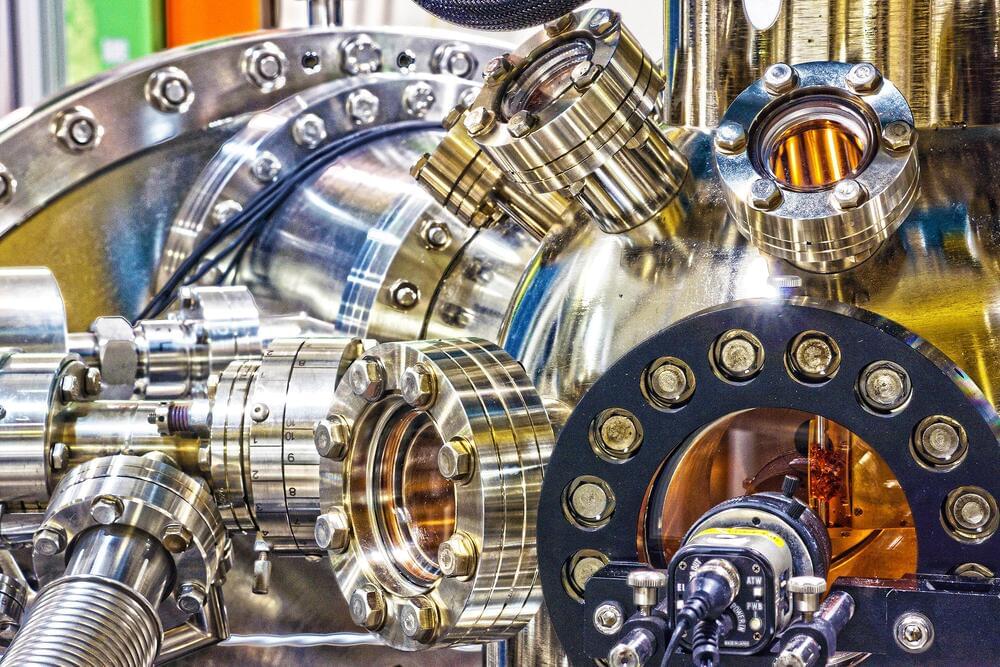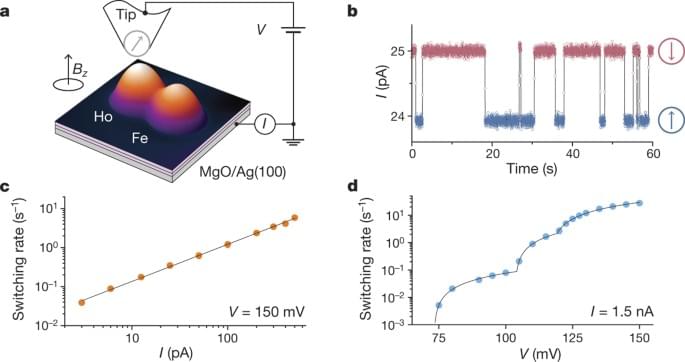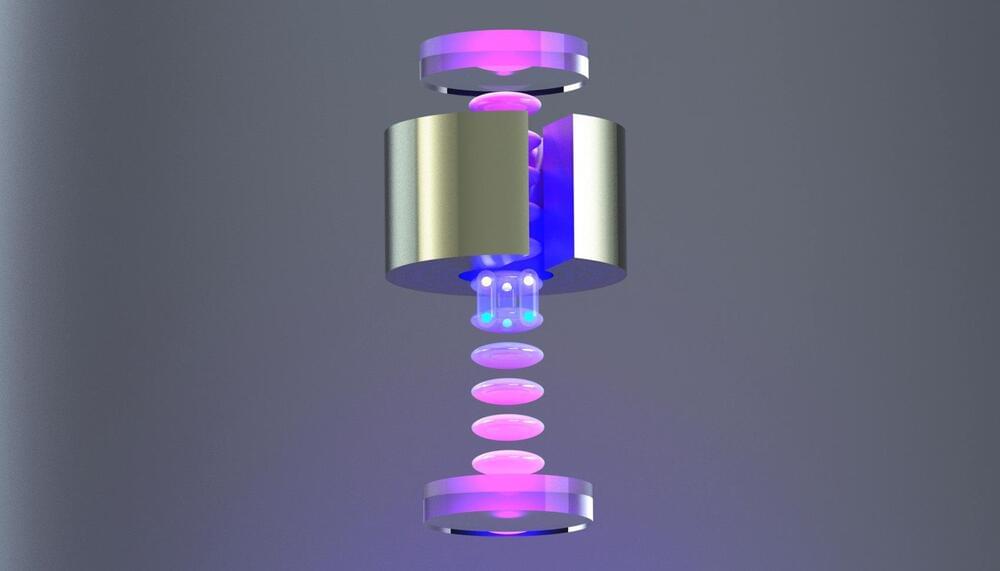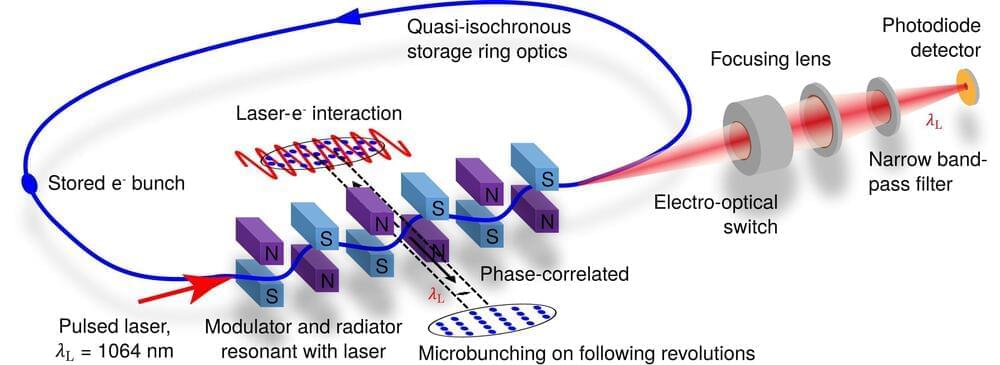Jul 1, 2024
New NOvA results add to mystery of neutrinos
Posted by Saúl Morales Rodriguéz in categories: nuclear energy, particle physics
The international NOvA collaboration presented new results at the Neutrino 2024 conference in Milan, Italy, on June 17. The collaboration doubled their neutrino data since their previous release four years ago, including adding a new low-energy sample of electron neutrinos.
The new results are consistent with previous NOvA results, but with improved precision. The data favor the “normal” ordering of neutrino masses more strongly than before, but ambiguity remains around the neutrino’s oscillation properties.
The latest NOvA data provide a very precise measurement of the bigger splitting between the squared neutrino masses and slightly favor the normal mass ordering. That precision on the mass splitting means that, when coupled with data from other experiments performed at nuclear reactors, the data favor the normal ordering at almost 7:1 odds.
